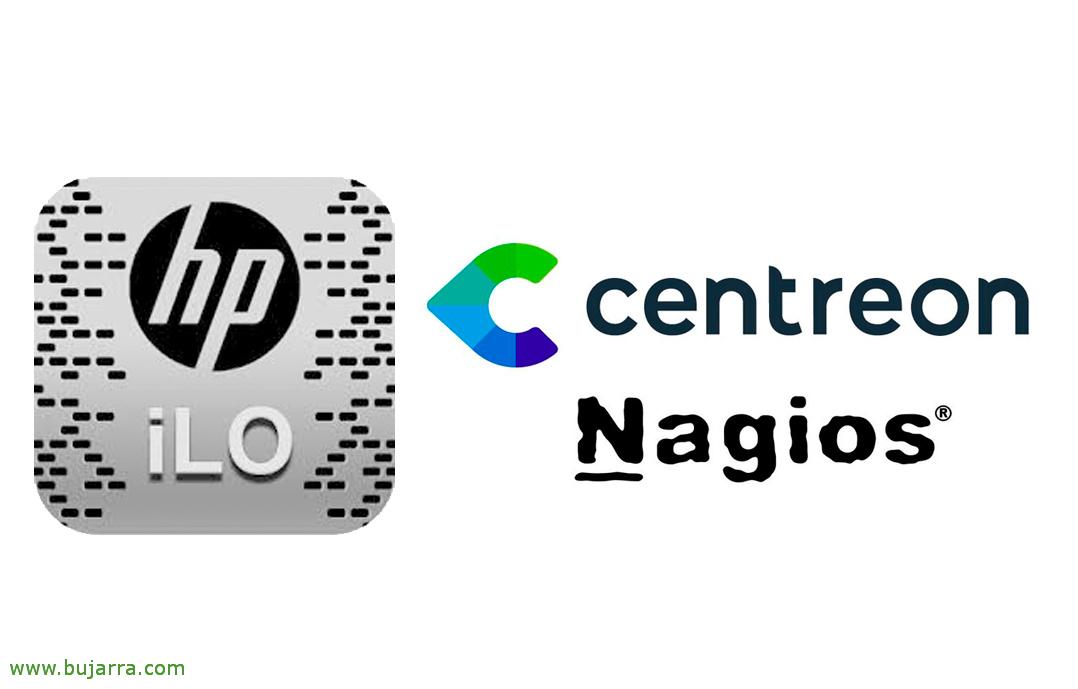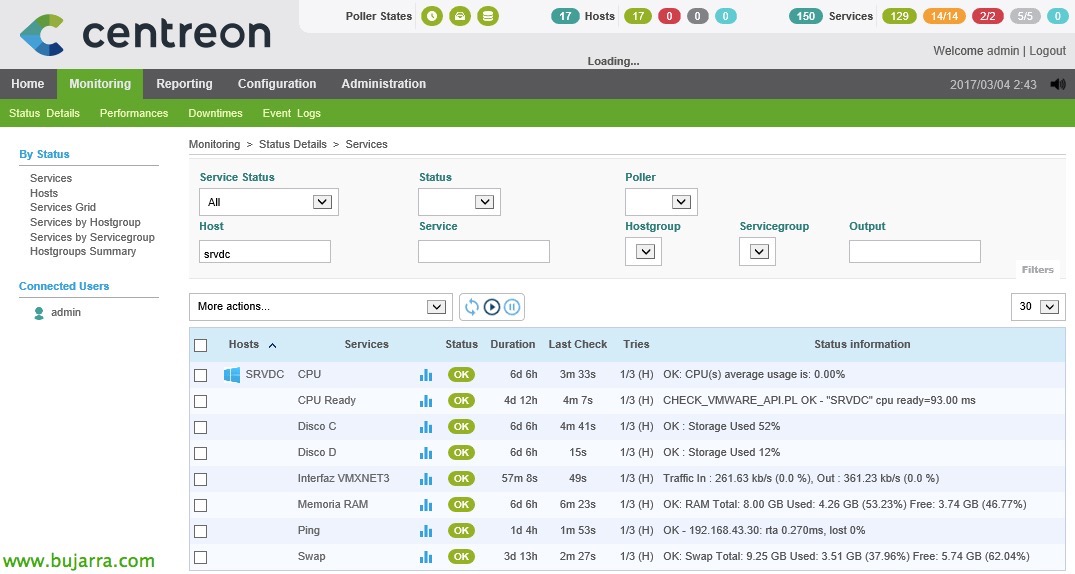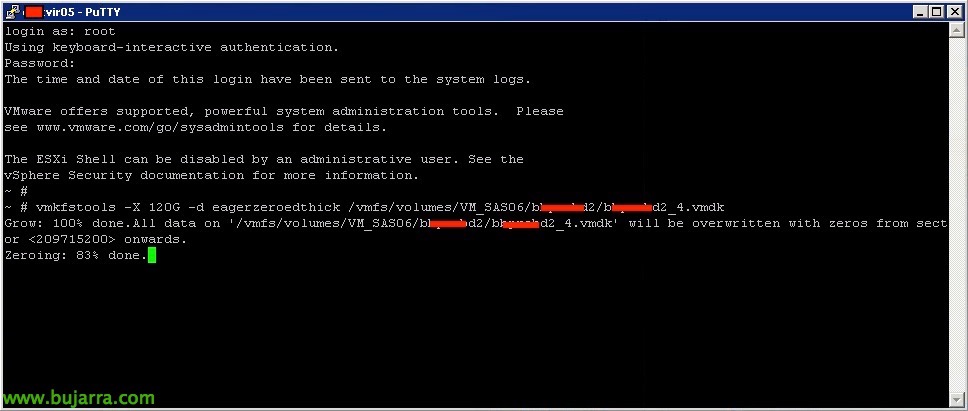Auditing access to removable storage devices
The use of removable storage devices is usually not allowed in organizations, you should not at least be able to connect a USB flash drive or removable hard drives. But it is true that in exceptions, They are needed, and for this purpose a GPO is usually defined with a whitelist of allowed USB devices and applied to the users/computers that need them. But ,How do you use them??












































